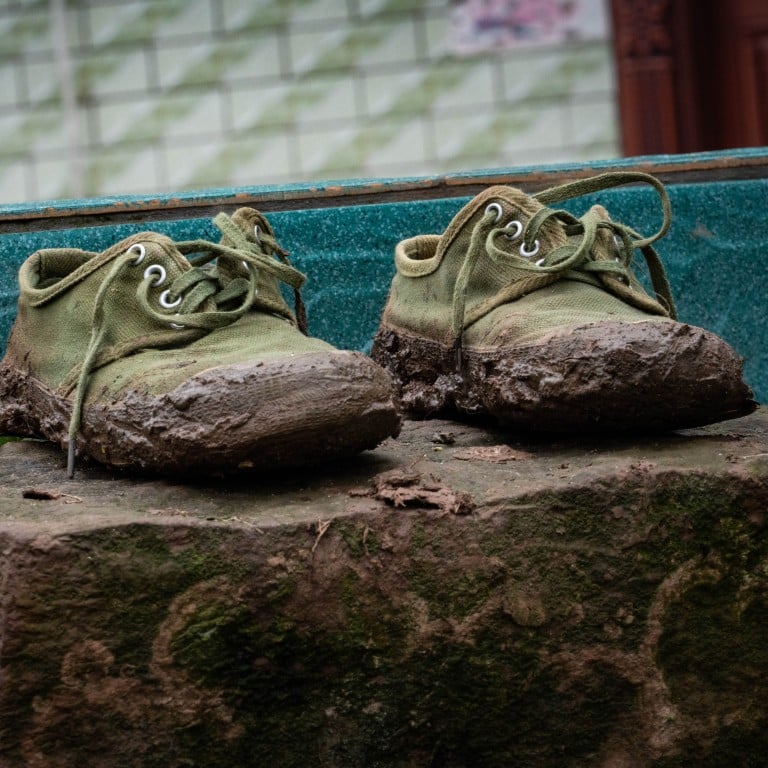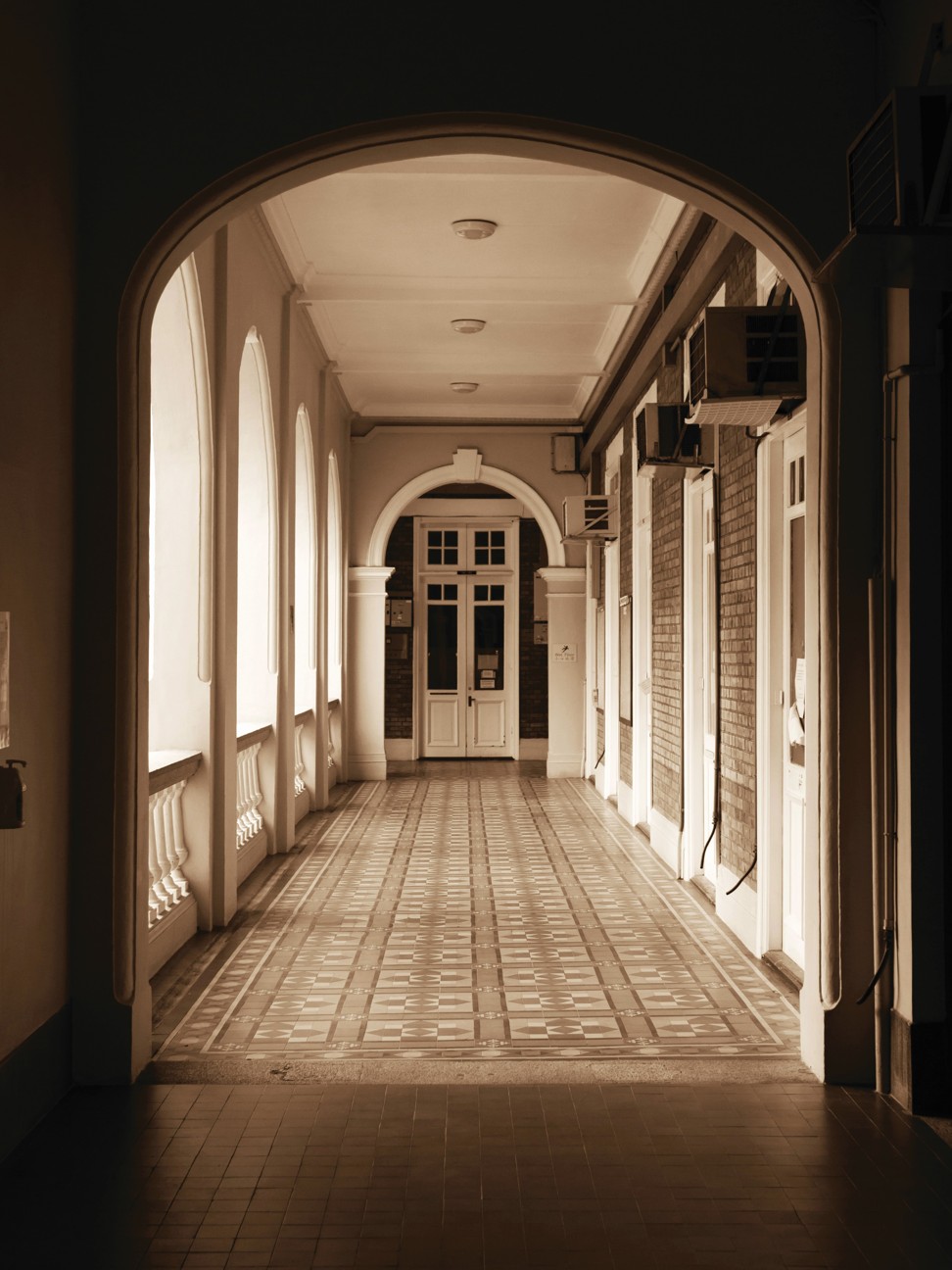
Why homes in Asia maintain a strict shoes-off rule, often opting for slippers instead
- Although largely a matter of cleanliness, you wouldn’t want to track ‘bad luck’ into your house, would you?
- Plus, how Hong Kong’s preferred flooring evolved from imported tropical timber to fitted carpets
Across Asia, most private homes maintain a firm shoes-off rule. In Hong Kong, encountering a towering mound of assorted footwear outside a house party is commonplace. Shoe racks are generally found at the entrance, or outside it, rather than in bedroom wardrobes, as in other parts of the world.
Protecting the cleanliness of interior floors is a legacy from times – not that long ago – when roads and footpaths were filthy. Chinese superstitions enforce the rule: wearing outdoor shoes inside is believed to introduce “bad luck”, a metaphor for germs, into the home. Going barefoot indoors is also unusual; slippers or rubber sandals being worn instead.
As solid timber use declined, varnished parquet floors became a Hong Kong domestic staple. Originally introduced to give a stylish timber effect to otherwise utilitarian concrete slab floors in post-war apartment buildings, this material has become so commonplace to almost evade notice.

Maintaining coolness, as much as aesthetic considerations, drove many floor-covering considerations. From the late 19th century to the 1930s, English patterned encaustic floor tiles were exported all over the tropics.
For a place so attuned to conspicuous consumption, and the vulgarity that invariably accompanies it, imported marble remains surprisingly underused in Hong Kong, with the exceptions of lift foyers, bathrooms and other “wet” areas. In part, this is because marble remains several degrees colder than the air temperature, not always desirable in a Hong Kong winter. Marble slab flooring was popular in perennially hot places, such as Java and parts of India, helping buildings feel – and look – deliciously cool.
Woollen carpets, especially machine-made expanses of fitted carpet, became popular in Hong Kong only from the 70s, with the widespread introduction of air conditioning. In office environments, fitted carpets helped reduce noise and meant dust didn’t show as rapidly.
An earlier variant, “Shanghai matting”, was a popular, carpet-like floor covering into the 80s. With some effort, it can still be found today. This attractive material was finely plaited rice straw, coiled and stitched together to make squares. Purchased individually, or already assembled into mats, these squares could make floor coverings of any size.
It helped take the winter chill off frigid expanses of tiled or concrete floor, but was not as heavy and “hot” as a woollen carpet during the summer. It was also washable – a practical consideration – and cheap enough to replace every few years when it became tattered or stained.

